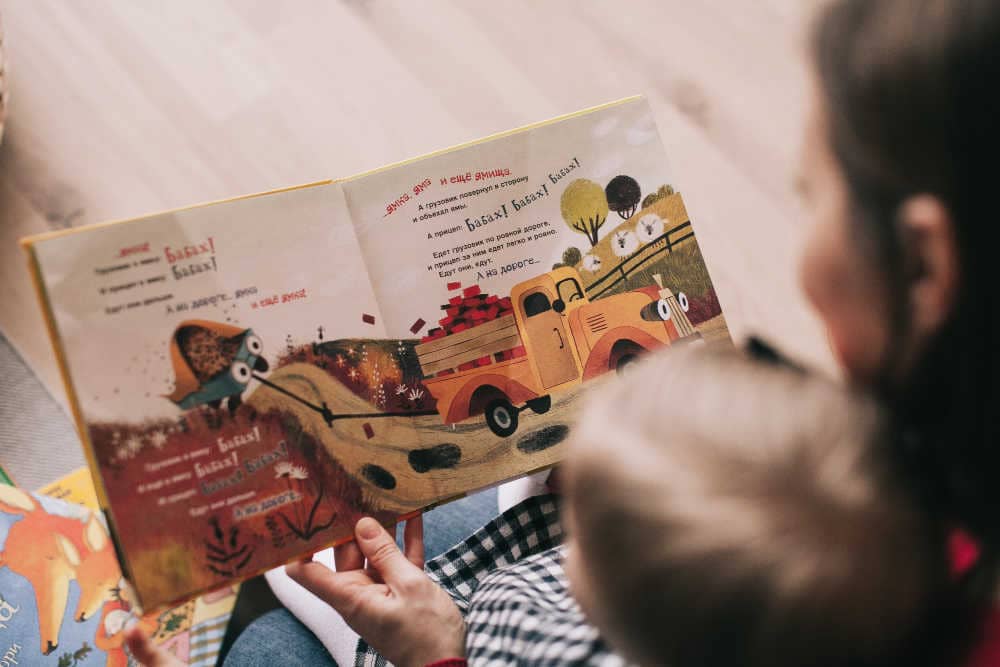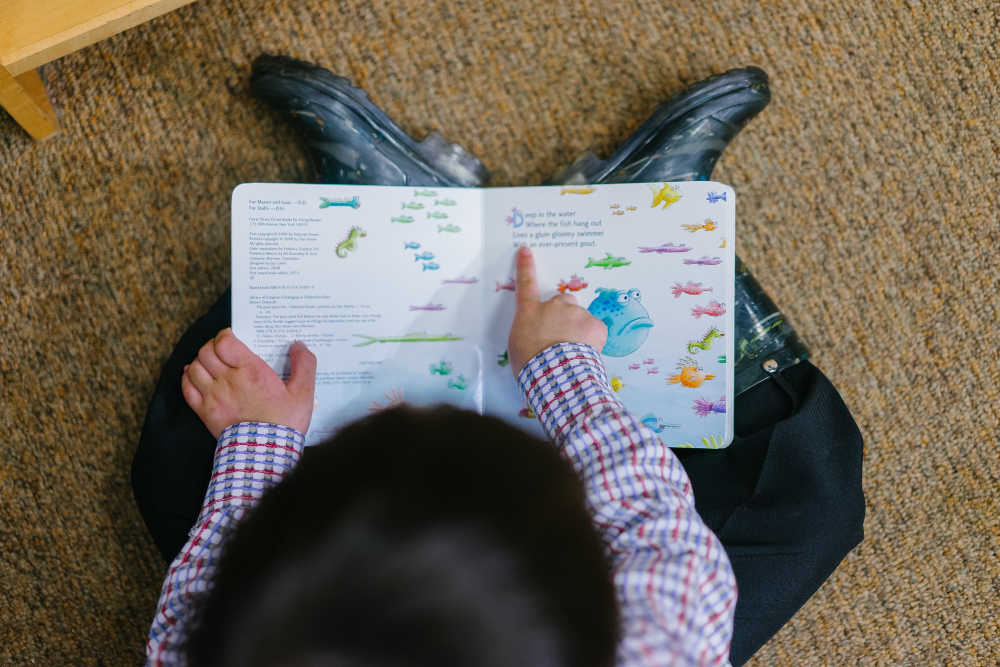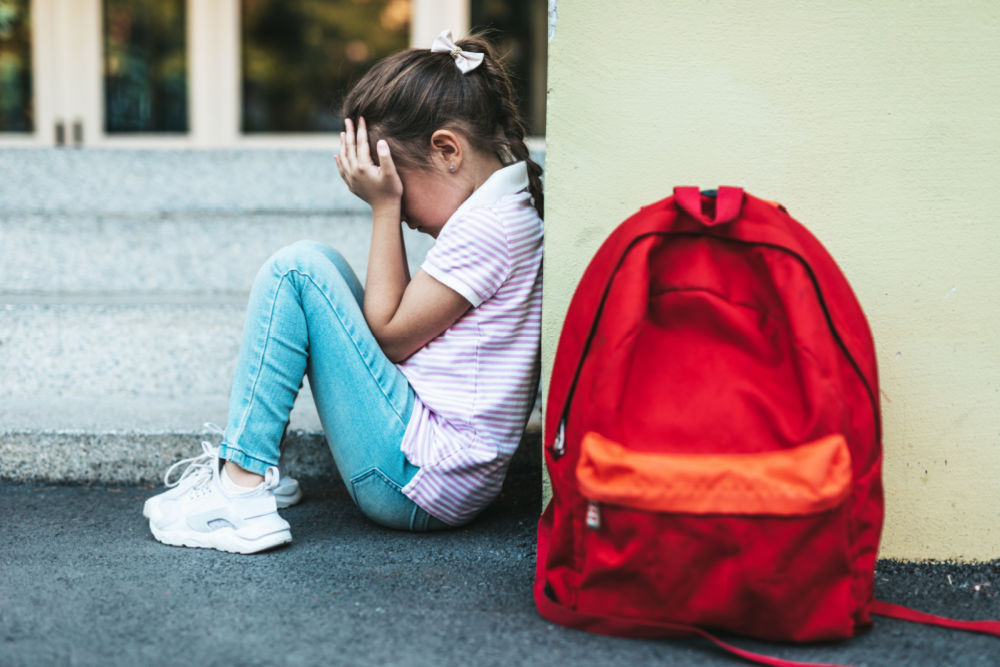Competency in reading is one of the greatest predictors of success in children. But in order to procure the benefits, students must be motivated to learn to read. Here are the best ways for kids to learn to read backed by research.
One of my most painful childhood memories is learning how to read at school.
The teacher would call one student into the hallway at a time.
Every day, I prayed that my name wouldn’t be called. I didn’t want to leave the comfort of my brightly lit classroom to be tested.
My stomach flip-flopped and my hands got clammy. When the teacher called my name, I did my best to appear calm though my knees felt like they were going to buckle. I mustered everything in me to make the walk out of my classroom into the hallway.
I was moments away from all my shortcomings being exposed.
A parent volunteer always sat across from me. She would motion to the books beside her. I never knew what to choose because the pile always changed. I desperately hoped I would land on the shortest one. No matter my choice, the pages and words ended up being too long.
As soon as I had a book, there was a click of the tape recorder. It was my signal to start. The pressure of knowing I would have to playback my poor reading sent shockwaves of fear through my little body.
I was petrified of making a mistake. But I was struggling to learn to read, my mistakes were inevitable.
Shaking, I stumbled through the words on the page.
“Sound it out,” the volunteer would say.
But I had to sound out every syllable of every word. As I stammered my way through each word, I became more and more aware I was taking longer than any of my peers. My friends clutched their audiotapes with pride. They were reading novels.
I was struggling to learn to read.
Why should we care about children’s love of reading?
While there are a number of obvious benefits to reading, there are also some less obvious ones too. Of course, the more children read, the more they learn. Reading leads to more elaborate vocabulary (1). Research has also found that the ability and regularity of reading predict lifelong academic success. Not only that but the single greatest predictor of school dropout is reading below grade level (2).
The good news is that regardless of the trajectory a child is on with respect to reading, there is a lot that can be done to build her early literacy skills and even develop a lifelong love of reading.
This is how I learned to read and love it too.
Summers came and I was able to escape the threat of that black tape recorder and the archive of all my reading mistakes.
On scorching hot days, my mom would throw a laundry hamper into the trunk of her navy blue Honda. Then, we would head out to the reprieve of the air-conditioned library.
There, we could load up on as many books as we wanted.
She never said no to reading to us. She worked on our sounds (phonics) in the context of the books we loved. Or, she would put out magnets for us to manipulate and make our own words with.
It took a while, but slowly I began to learn to read well.
My love of reading most certainly came from my mom’s fun and natural approach. Though my mom’s way of teaching me to read was the result of her own love of literature, it is also her profession. At the time she was both teaching me how to read and instilling a love of reading in me, she was a teacher. She went on to be a school principal and now teaches a university course on literacy. I asked her for her best tips for kids to learn to read based on research and the best practices being taught to teachers.

Experts say this is the best way for kids to learn to read
These apply to teaching your child to read, but many can be applied to teaching students to read in the context of a classroom.
1. Start reading to your child as a baby and continue reading often.
Not only does reading help young children expand their vocabulary, it also teaches them the most basic rules of early literacy. For example, infants as young as nine months can learn how to turn pages in the proper order. Around the age of one, toddlers begin learning how to track words from left to right. These are important skills for the development of literacy.
2. Read books and sing songs that rhyme.
Research shows that four and five-year-olds who are well-versed in rhymes have greater phonological awareness, greater vocabulary and better reading outcomes (3).
3. Have books and other literacy mediums out for easy access.
When kids can easily access books, they read more. Also, it is great to have magnetic letters, an alphabet puzzle or two, and mediums to write on available.
4. Teach kids phonics in context.
Find ways to teach children the connection between letters and sounds. It is helpful having different mediums for kids to manipulate and play with words (like puzzles, writing materials, and magnets). Sing songs about sounds. Have them sound out words as they read and write. All of these give the chance to learn the association between phonics and words in ways that make sense.
5. Build feelings of competency.
One of the biggest reasons children lose their love of reading is because they see themselves as less competent when compared to their peers. Some children can learn a word with one exposure while others take as many as 20 times before learning a word (3). When learning to read, children use pictures, phonics, and/or context to decode words. All are valid ways for reading to develop. If a child does better using one over the other lean into that as she starts to read. When children want to quit, use the power of yet. Remind them they may not have mastered reading yet, but it will come.
6. Ask questions about what’s being read.
The most important purpose of reading is to understand what is being read. As you read together, ask your child questions like:
- what do you think might happen next?
- how do you think the characters feel?
- what’s your favourite part so far?
7. Avoid the use of extrinsic motivators such as sticker charts or other ways of rewarding reading.
Research shows that when extrinsic motivators promote desirable behaviour, children become less motivated to do the given behaviour.
8. Model your own love of reading.
Modelling is one of the strongest means to promote any behaviour in children. When kids see us read for pleasure, they will be more inclined to become lifelong readers too.
9. Promote intrinsic motivation.
The greatest predictor of children developing a lifelong love of reading is high intrinsic (internal) motivation. Research shows in the context of reading, it must be:
- relevant – is it fun?
- independent – can I choose what I read?
- promote self-efficacy (feelings of success) – can I read it without a lot of struggle?
- promote mastery – can I learn new things?
Source: Reading Rockets
The best way to learn to read – a final note
My mom’s approach changed the course of my feelings about reading. As a result of her modelling, allowing me to read what I wanted to read, and regular trips to the library I developed a love of reading. Even if a child’s reading starts off on a rough foot, as mine did, their love of reading is salvageable. Simply, parents and educators need to focus on motivating the child’s natural drives and then learning to read and loving it will come naturally.
More reading you may find useful:
This is the time to change education for good
Stressed out about remote learning? These 5 tips are game-changers
How to facilitate play-based learning at home












Was looking for some takes regarding this topic and I found your article quite informative. It has given me a fresh perspective on the topic tackled. Thanks!